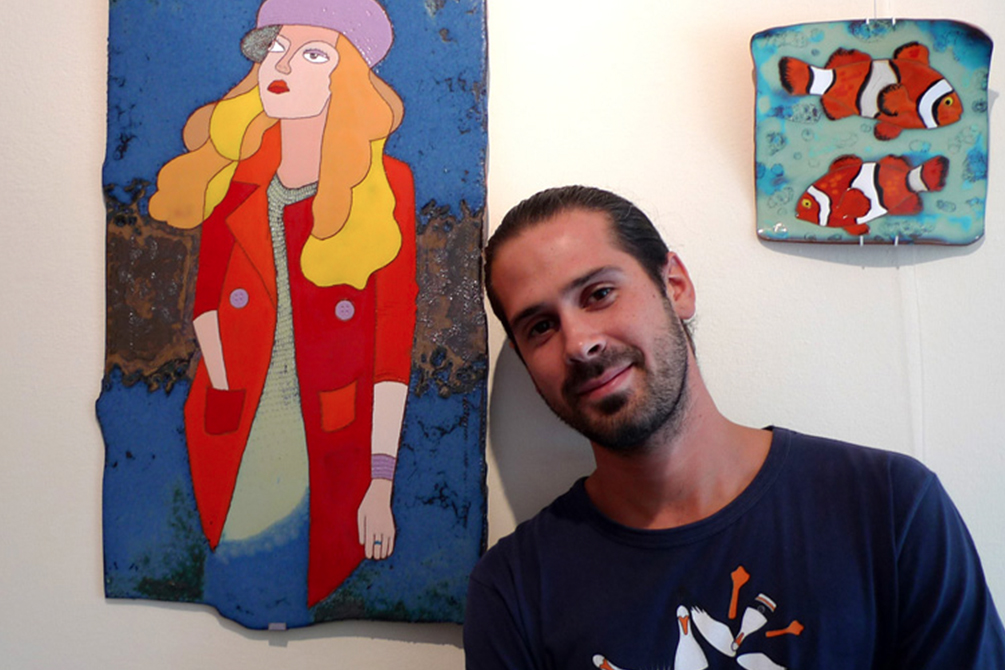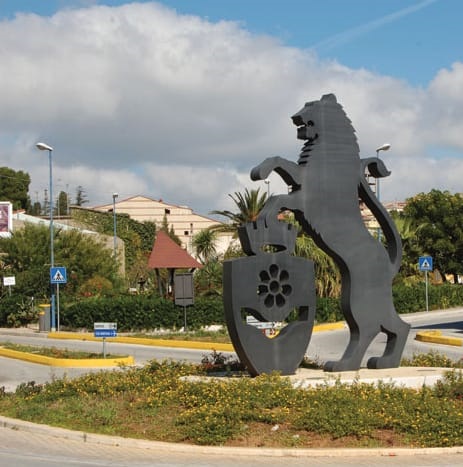Each home reflects the joys and expectations of the habitants. Walls and surfaces are decorated and adorned with sculptures and ornaments that excite or give peace to those living there. Life in ceramic art opens the senses for pleasure.
Giuseppe Facchinello has created such works of exquisite colours and design drawn from his observation of the works of great artists such as Matisse, Van Gogh and Picasso, blending those different techniques and approaches to colour and form to achieve his own brand of expressionism in his ceramic art. What is unique and challenging in the works of Giuseppe is the medium with which he works, not the canvas or paper sheet but his works are moulded or turned clay – ceramic pottery - he must put life in ceramic art.
It is on this medium that he must create his designs and generate his bright expressionist colours or soft impressionist tones. He has had excellent teachers in Nove not far from Venice, none better than his parents and their friends in the local ceramic community. From his mother he learned the ‘trade’ of painting on the ceramic, just once-fired and porous. He also gradually understood through lessons and practice that the dull muted colours on that clay would re-emerge as bright lustrous sheens once carefully fired in the furnace at up to 1000°C.
But the images have come from Giuseppe’s spirit – from his pleasure in nature. There are two creations that are an integral part of Giuseppe’s works. These are the ‘Farfalle’– butterfly and ‘Pesci’– fish. His colours come from the tropics where wild-life is bright and joyful. His designs come from his artistic training and his natural understanding. The works blend apparently contradictory colours into close harmony making life in ceramic art.
Beside these works, Giuseppe shows his creativity in a series of plates “alla Picasso Cubism”, works that caused one of his teachers to expostulate “I’ll take them all”.
These are not the limit of Giuseppe’s creations, despite his relative youth. To see an artist and artisan at the peak of his growth, one must visit their ceramic art gallery in the piazza of Nove and then seek an invitation to watch the artist at his work, but in that period he cannot be disturbed with idle talk - he is the life in ceramic art.








Follow us